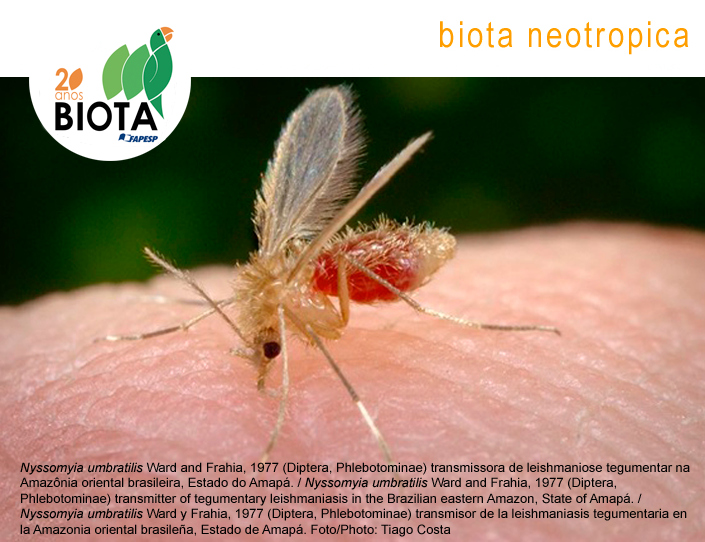Two in one: the little bat that pollinates and disperses plants at an urban site in Southeastern Brazil
Abstract
Abstract: The glossophagine Pallas’s long-tongued bat (Glossophaga soricina) fares well in urban environments across its range. In addition to roost sites, there are nectar and fruit sources available in diverse situations across the urban gradient. Phyllostomid bats that thrive in urbanized situations are behaviorally plastic generalists and rely on patches of ornamental or feral plants as food sources. Herein we report on G. soricina and its food sources at an urbanized site in Southeastern Brazil. This small phyllostomid bat consumes nectar from landscaping ornamental plants, besides consuming the soft pulp along with the tiny seeds of pioneer trees and shrubs. In addition to these natural sources, the bat exploits hummingbird feeders to consume the sugared water. Ingested small seeds are defecated in flight, the bat acting as a disperser of pioneer plants that favor cleared areas. Glossophaga soricina role as flower-pollinator and seed-disperser at Neotropical urban areas merits further attention due both to the maintenance of urban biodiversity and delivery of ecosystem services.Published
2022-01-01
How to Cite
Sazima, I., & Sazima, M. (2022). Two in one: the little bat that pollinates and disperses plants at an urban site in Southeastern Brazil. Biota Neotropica, 22(2). Retrieved from https://www.biotaneotropica.org.br/BN/article/view/1890
Issue
Section
Short Communications
